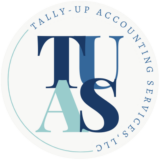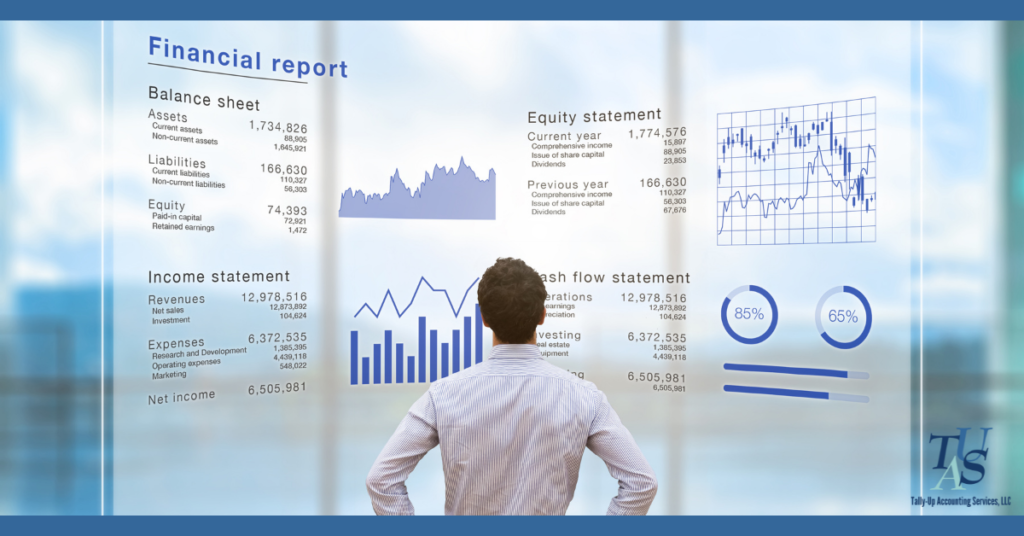Back to basics series
For some time, we have been talking about the three main financial statements that you should be reviewing to make sure your company is doing well: Balance Sheet, Profit & Loss Report, and Cash Flow Statement. In the spirit of Back-to School, we are going back to basics to talk about what these reports are and why they matter.
Over the next few months, we will dive into why each report is important and what you really need to look for. This month, we are starting with The Balance Sheet, which may be the strongest indicator of how your company is doing and how well it is positioned for the future.
A Balance Sheet can be summarized by the following equation:
Assets = Liabilities + Stockholder Equity
Just as the names implies, the Balance Sheet needs to balance and if your balance sheet does not balance, that’s a big flag that there is some sort of mistake that needs to be reviewed and corrected.
Why is the Balance Sheet important?
A Balance Sheet gives insight into how healthy a company is by showing what the company owns and what it owes. Essentially, the Balance Sheet shows the net worth of a company at a given period of time. The Balance Sheet will also show the fund availability to support future growth.
In addition to understanding how your business is doing, Balance Sheets are often necessary if a business needs to secure a bank loan or other capital. A Balance Sheet will help a lender determine how secure your company is and its ability to repay debt.
Understanding and Building a Solid Balance Sheet
The most critical element is to make sure that all information is included on the Balance Sheet. Not sure what is included? Here’s a synopsis of what is included in each area:
- Assets includes everything from buildings, inventory equipment, and petty cash. In essence, everything that the company owns. While most businesses capture most of this information correctly, it’s not uncommon to forget smaller items like petty cash or new assets the company has acquired.
- Liabilities covers money that the company owes. Liabilities are broken down into Current Liabilities which are debts that are due within one year, and Long-Term or Non-Current debt.
- Current Liabilities include bills due to suppliers, monthly utilities, salaries owed, as well as taxes owed.
- Long-Term or Non-Current Liabilities is debt that is payable over a longer period of time, such as a property loan, but can also include other elements like pension obligations.
- Equity includes all the business’ assets including Shareholder distribution, Shareholder contributions, net income and retained earnings. This represents the amount of money that would be returned to a company’s shareholders if all of the assets were liquidated and all of the company’s debt was paid off in the case of liquidation.
What You Need to Look for On a Balance Sheet
Now that you have a clean and accurate report, what do you need to look for? There are four main ratios that are considered on a Balance Sheet. Many experts believe that cash is king and the cash (Net Working Capital) on the balance sheet is most important element to consider. However, you also need to consider the Debt to Asset ratio, as well as the Current and Quick Ratio which looks at the liquidity of your company to see if you can pay your short-term expenses with the liquid assets, you have available. Also important is the Solvency Ratio, which looks at ability to pay off long-term debts with cash flow while still meeting short-term debt obligations.
Below are the formulas used to get the four main ratios looked at on a Balance Sheet.
New Working Capital = Current Assets – Current Liabilities
Debt to Asset Ratio = Total Liabilities Total Assets
Current and Quick Ratio = Current Assets Current Liabilities
Solvency Ratio = (Net Income + Depreciation) Total Liabilities
Now that you have the information you need on Balance Sheets, you have more power in managing the financial heath of your company. If you would like assistance in managing your Balance Sheet, contact us – we’d be happy to help.
Next month we’ll dive into Profit and Loss Reports. Have a specific question on P&Ls? Shoot me a note at estelaoms@tallyupaccounting.com and we’ll cover it in our next blog.

